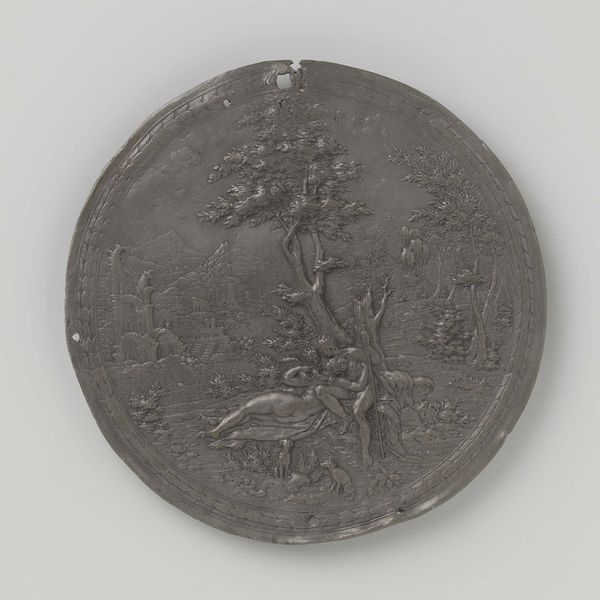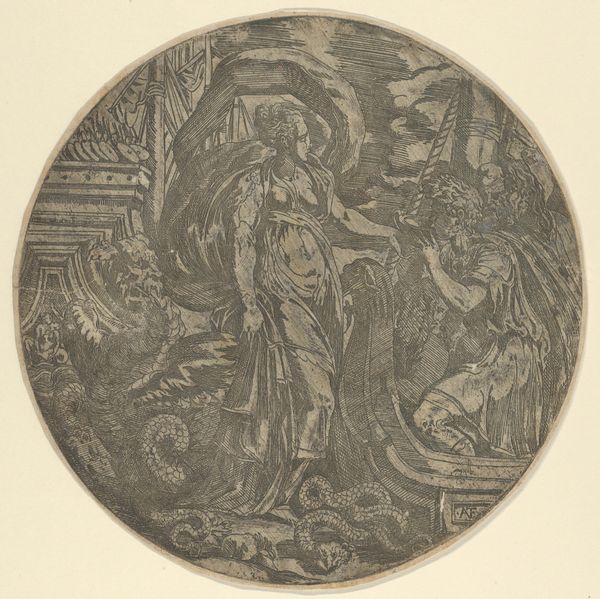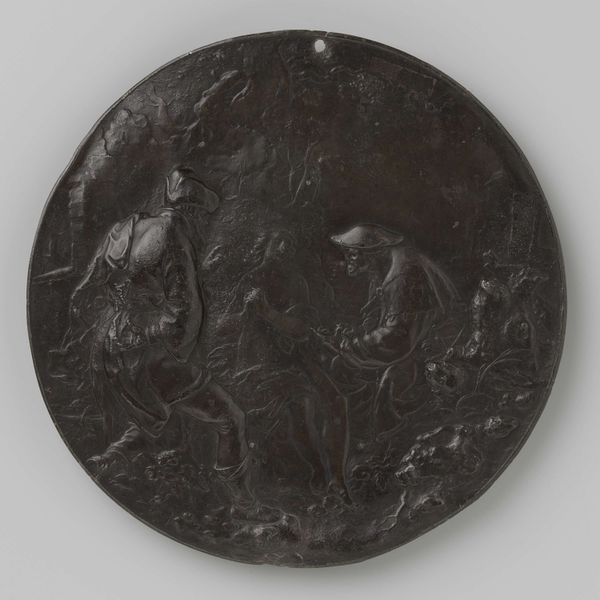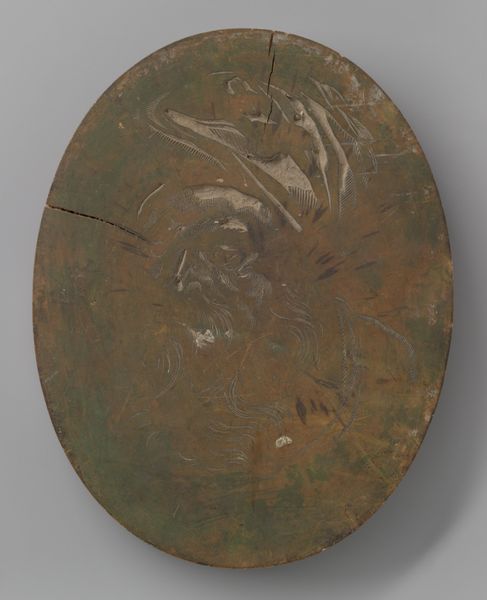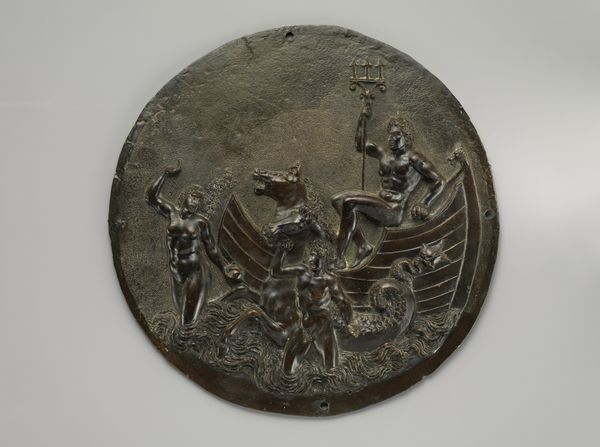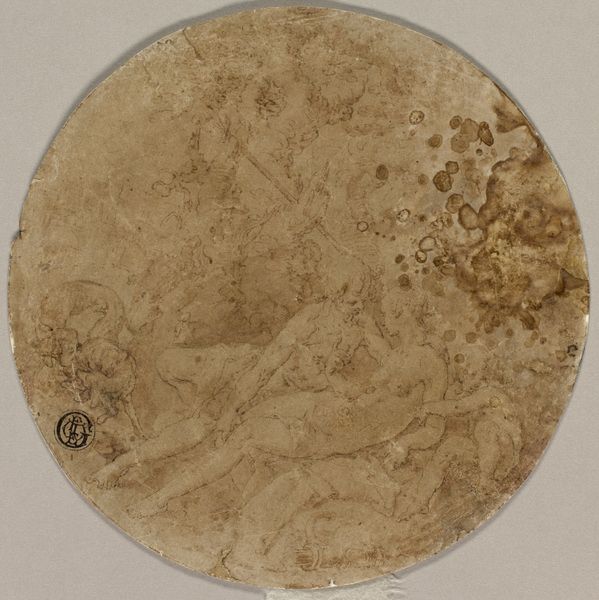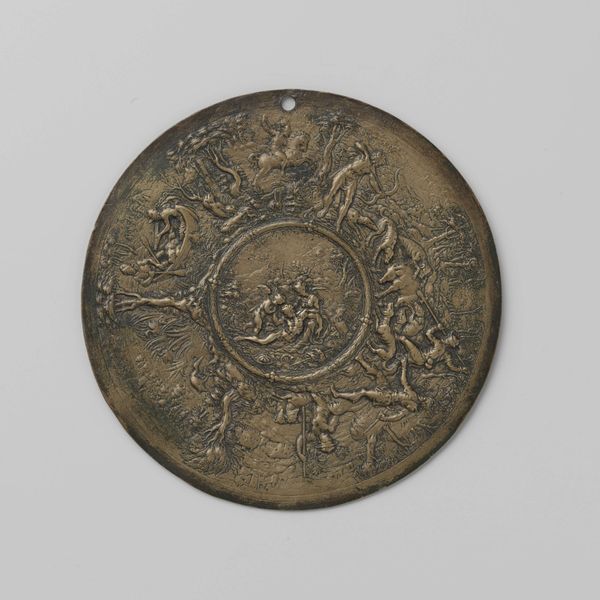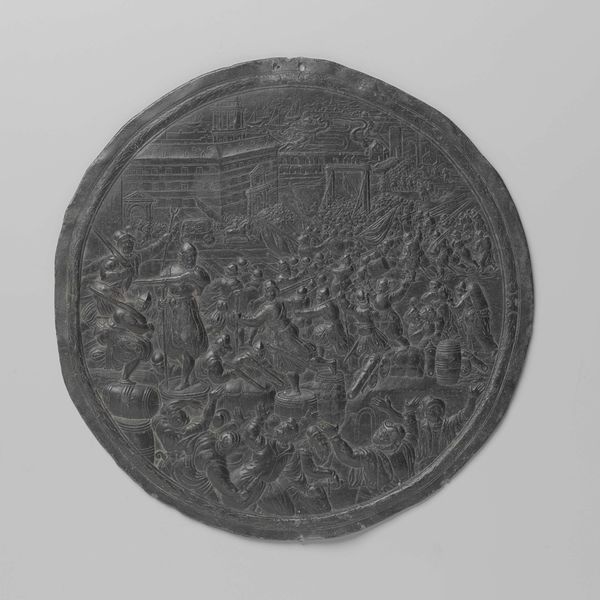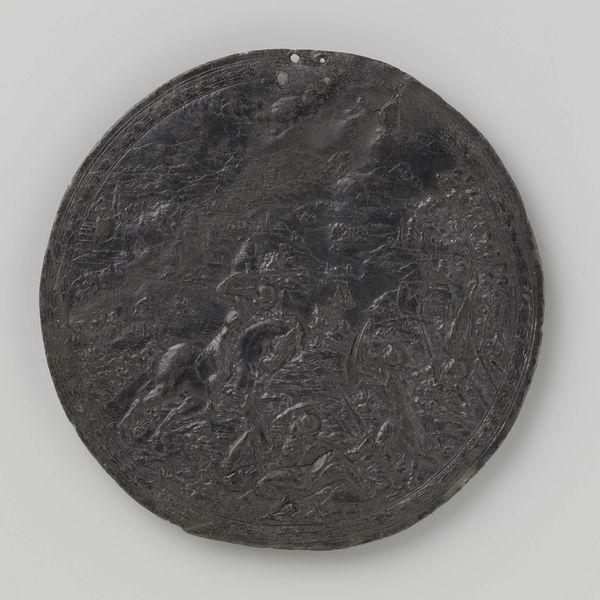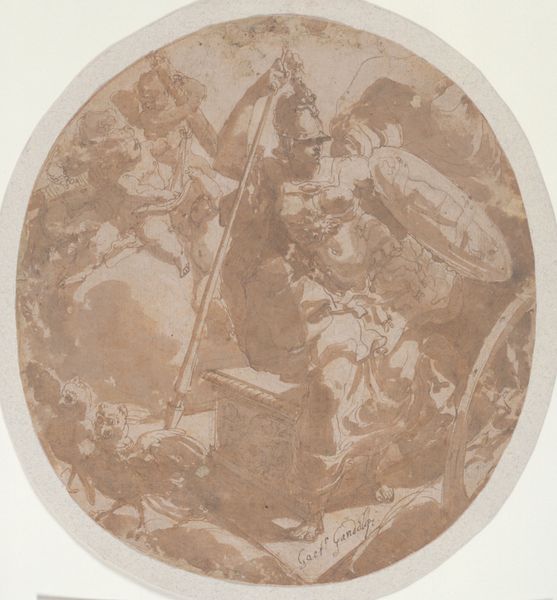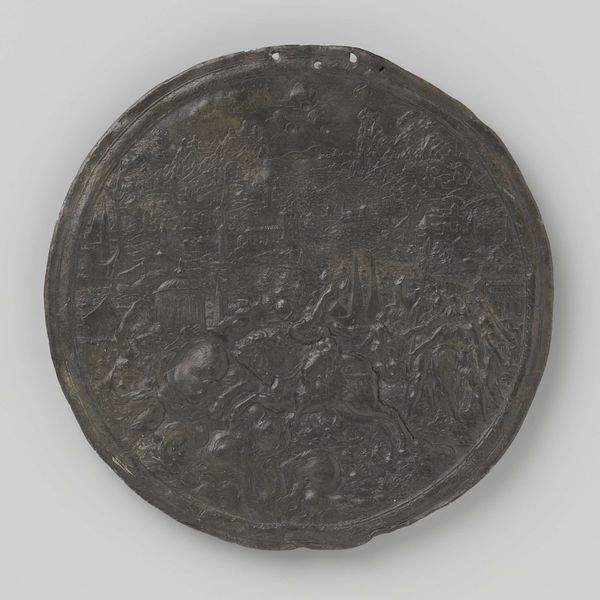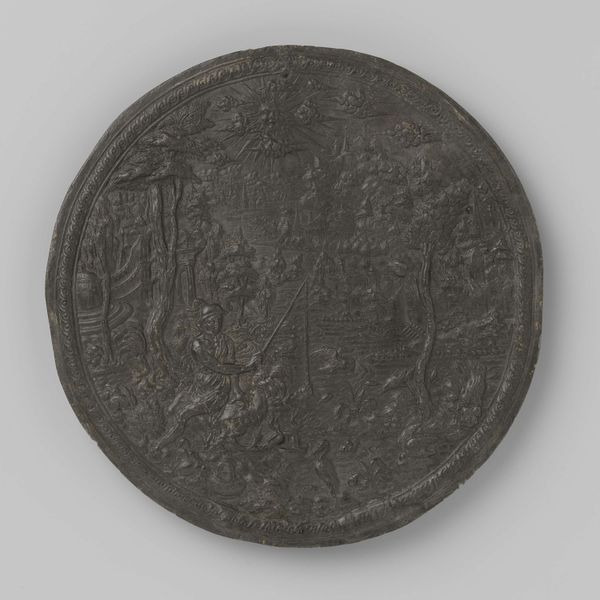
drawing
#
drawing
#
allegory
#
baroque
#
figuration
Dimensions: 8-15/16 x 8-15/16 in. (22.7 x 22.7 cm)
Copyright: Public Domain
Editor: Here we have "Design for a Ceiling," created anonymously sometime between 1600 and 1700. It's a drawing now at the Met. I'm struck by the delicate, almost fleeting quality of the lines, especially since it was meant to be part of something much larger. What stands out to you in this sketch? Curator: Well, its existence as a preparatory drawing already speaks to the division of labor in artistic production of the time. Consider the social context: Anonymous likely labored within a workshop, crafting this design, a commodity destined for a wealthy patron's ceiling. It wasn’t just about aesthetic creation, but skilled execution. Editor: That makes me wonder about the materials themselves. Was this specific type of drawing paper readily available? How did that impact its status compared to, say, a fresco? Curator: Exactly. Think about the paper, the ink—they each have a cost, a point of origin, a chain of production involving numerous hands, impacting accessibility and dictating to some extent who gets to create, consume, and benefit from these representations. Even the allegory present, the figures themselves, would communicate specific status of those who commission such work. What purpose did ceiling design serve then, do you think? Editor: Perhaps projecting power? Filling these spaces with elaborate narratives was part of demonstrating wealth. But considering that a ceiling drawing is inherently… looking up… did that change the act of consumption somehow, placing the "viewer" in a supplicant's position? Curator: An interesting proposition. Certainly, baroque art engaged the viewer, pulling them into theatrical displays of wealth and divine right. Considering it was part of architecture, one might not see the same "preciousness" afforded paintings for example, but rather it was subsumed to the greater vision. The blurring of lines is precisely what I find compelling. Editor: So even in something as seemingly ephemeral as a sketch, we can unpack systems of labor and wealth distribution. I will definitely look at preliminary sketches differently moving forward. Curator: Indeed, recognizing these artistic endeavors as complex products reflecting specific production and social conditions changes everything.
Comments
No comments
Be the first to comment and join the conversation on the ultimate creative platform.
